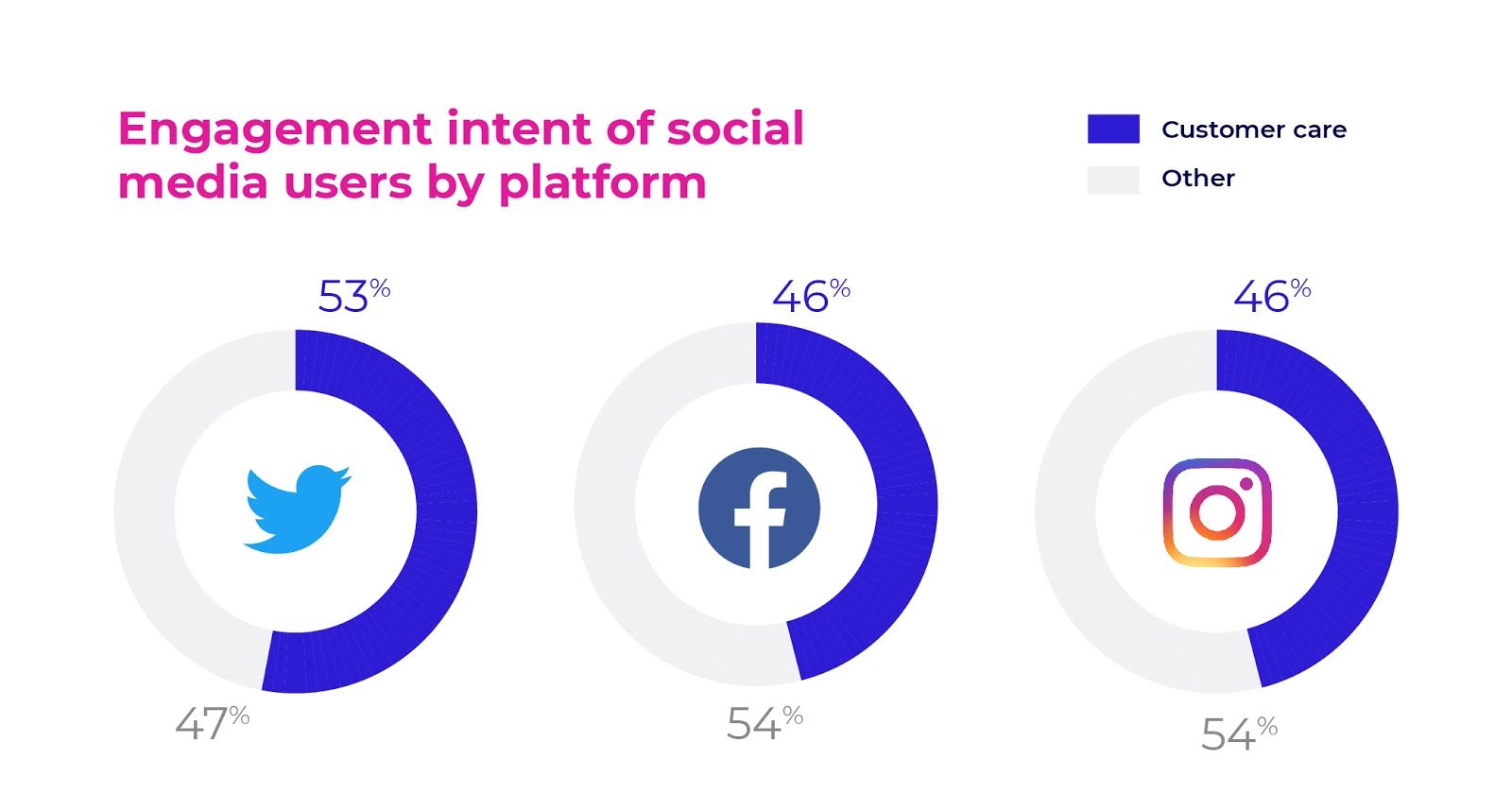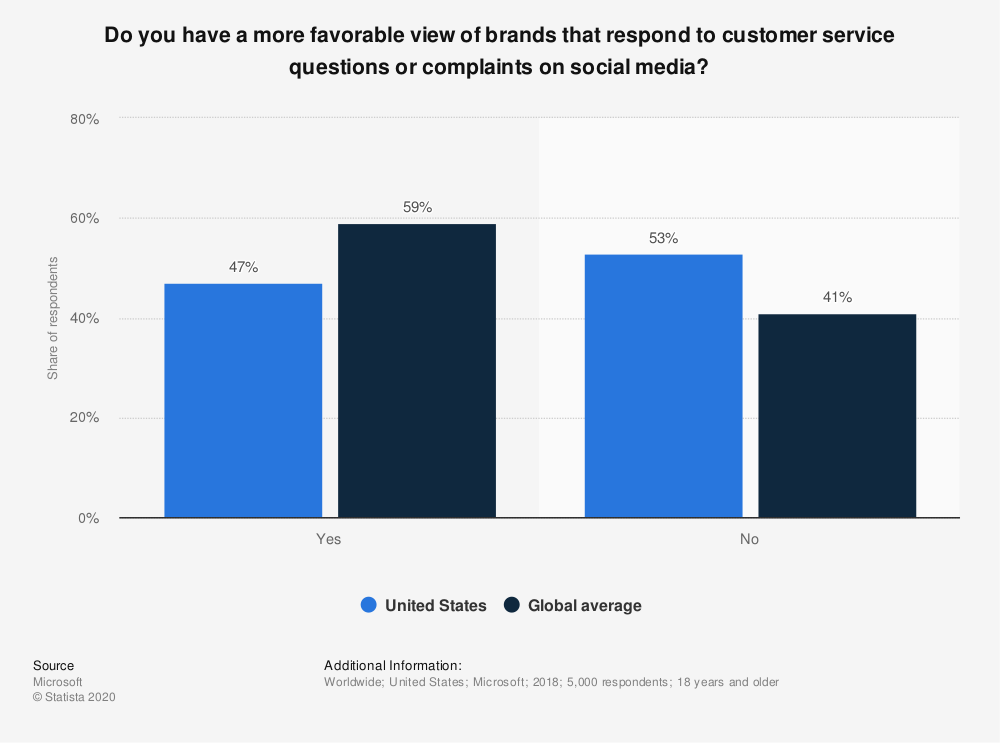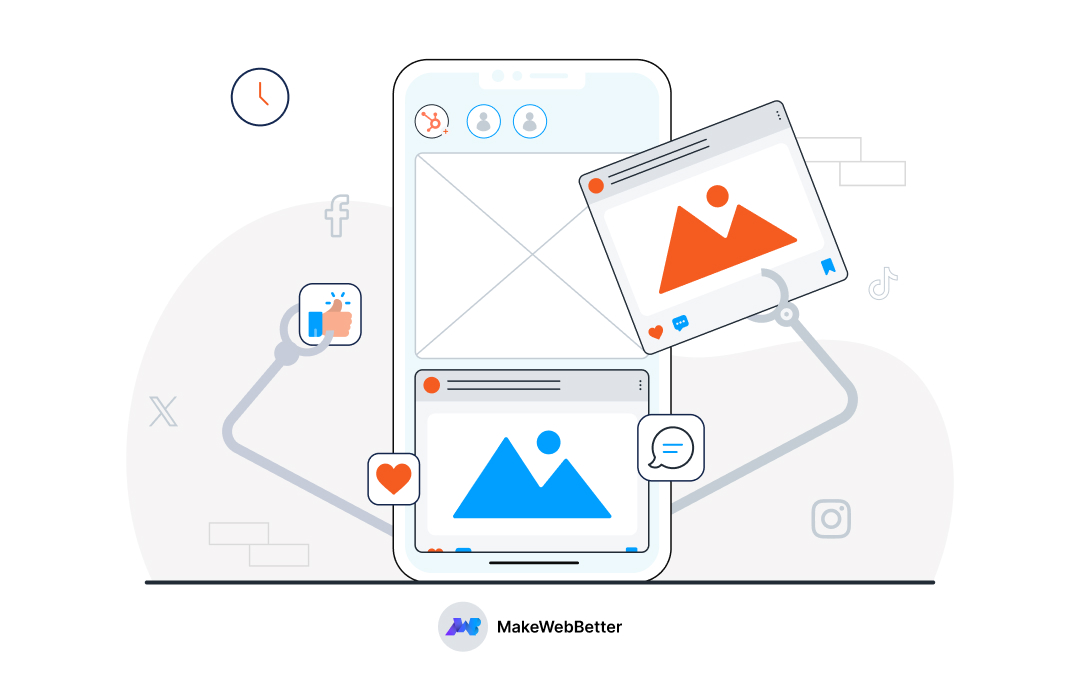What do you do when you don’t have your phone?
For most of us, the question itself represents a puzzling conundrum, let alone knowing the answer to it. After all, exactly why would anyone think up a scenario where they didn’t have their phone.
But that’s how telling the power and omnipresence of the mobile phone is. And all because it fulfills the most basic of human needs; communication.
Communication, as you would know, wasn’t as straightforward as sending emails or dialing phone numbers. And it necessitated the employment of foot soldiers to convey messages between two parties. Over the years, however, the concept of coordinating mail delivery took form, and the first postal service was born.
Even as the postal service stirred up communication, it only offered a way to regulate messages and still suffered the fate of the sluggardly pace of its carriers, leading people to call it, you got it, snail mail. But then Alexander Bell’s telephone arrived and quickly overtook the postal service as the fastest medium of connection.
The purpose of this anecdote above was to enlighten you on just how effective and sweeping the power of the mobile phone is. After the end of the second world war and at the onset of the first industrial revolution that followed soon after, the telephone would go on to facilitate the consummation of the most rudimentary aspect of “laissez-faire” capitalism, i.e., customer service.
In the years that would go by, the world saw unprecedented technological breakthroughs on a routine basis. It began with the email, which upended the telephonic medium. After which finally came social media, which effectively made the world a constantly connected link. And, the internet, the newest avenue for soliciting rapid customer service.
There’s a lot more to Social Media Marketing!
Social media KPIs are the key elements for every social media marketing campaign.
What is Social Media Customer Service?
In the space age economy of today, social media is more than a medium of communication. It is both, an efficient marketing tool and a functional enabler of customer service.
The avant-garde application of social media in offering customer service shouldn’t come as a surprise, though. It was, after all, created with the idea of dialogue in mind, so it’s not nonplussing that brands choose it as the main channel of communication with their customers.
Communicating with customers through social media isn’t just common for brands; it’s being reciprocated by customers in equal measure as well. According to a survey, 75% of Twitterati use the platform to engage with brands. The same goes for Facebook, where 59% of users connect with brands by using the platform.

Source: Khoros
Among these, over 50% of consumers reach out to brands about customer care concerns to resolve customer-service-related issues. These issues are inclusive of airing complaints, posing questions about products or services, and posting reviews via social media.
The numbers above provide the barest of peeks inside the true potential of social media as a customer service medium. With it, brands can connect with customers in real-time. And, also take advantage of instant feedback mechanisms to deliver instant, and often personalized, services to customers.

This affects the customers’ perception of the brand in a great way. In fact, a survey revealed that brands that are successful in conducting meaningful social media interactions see 75% of their customer base post positive reviews about them. Yet another study found out that brands active on social media in responding/resolving customer service queries/issues enjoy a more favorable view in the eyes of 47% of their customers.
Build Your Brand Identity With Social Media KPIs
Serving as the most famous example of this is the multinational coffeehouse and roastery brand, Starbucks. As a proponent of high-value customer service, Starbucks realizes that the real clincher lies not in what they sell, but in how they sell it.

Source: Twitter
Despite being a huge conglomerate, the brand uses its expansive social media reach to provide individualized attention to its consumers. Its customer service team is renowned for its quickness of service and empathetic responses, which elicit a collective appreciation from its customer base. Take a look at an example of it below.
Please tell your sister she’s the best. 🙌💚 https://t.co/42UQ8HaBQj
— Starbucks Coffee (@Starbucks) July 31, 2019
Starbucks’s customer care isn’t however limited to only providing endearing replies. Their customer service team also places a great deal of emphasis on customer service. Take, for instance, the interaction below.
Iced Coffee is considered a handcrafted beverage, since it’s made with a bit more love. That said, we’re happy to consider changing it as we move forward. We welcome you to suggest it at https://t.co/SPH9PuUUvR.
— Starbucks Coffee (@Starbucks) April 16, 2019
The fact that they not only acknowledge individual customer feedback but also have a landing page to record their suggestions speaks volumes about their customer service. Such superlative levels of customer care, made possible by the aid of social media, enables high customer engagement and equip brands with lots of feedback & suggestions to improve upon their products.
Thus concludes social media for customer service. In summary, it comprises a methodically structured approach of offering customer support through social media platforms. And frequently involves activities like providing guidance, addressing queries and issues, issuing refunds, among others. Ultimately, its goal is to meet customers where they are and facilitate an easy and delightful customer experience for them.
Top 8 Social Media KPIs For Measuring Customer Service
1. Response Rate
The response rate is the rate at which brands reply to comments or messages that they receive regularly, and calculates the average time taken by a service agent to respond to a customer.
Once the service agent initiates a conversation, they will need to listen to the customer’s problems, understand them, come up with an appropriate course of action, and follow through accordingly. The time taken to move through each of these steps is called the response time.
The response time, along with the response rate, makes up the two of the most essential pieces of the support puzzle and it is important to be wary of their difference. This is because research points out the fact that 59% of customers are more likely to purchase from brands that respond in less than a minute. While that’s the case for phone responses, a live chat software offers immediate resolution, resulting in better response times and subsequently improved response rates.
WooCommerce Chatbot is your Solution!
Adding chatbot software to your social media KPIs also enhances response time with much ease for your WooCommerce store.
2. Handling Time
The handling time measures the duration of time spent by customer service agents on each post or issue. This metric has been traditionally used in contact centers to ascertain the length of contact for a user on call, and calculate the length of email and chat queues as well.
This metric is usually employed to determine the efficiency of customer service agents and the organization as a whole. As such, it includes elements like researching the issue, tagging it under the appropriate marking sentiment and category, sourcing customer account information, creating notes about the issue, and composing replies.
How to Calculate Handling Time (HT)?
Handling Time = Total call time + total hold time + follow up time
Handling Time can be calculated by simply adding the total time spent on calls, the total time spent by customers on hold, and the time spent to follow-up with customers. The total follow-up time includes the cumulative time taken to resolve the customer’s issue if the case wasn’t resolved on the first call.
3. Customer Effort Score (CES)
Customer effort score (CES) is another customer satisfaction survey that requests customers to rate the ease of usage of their products or services. This is done by either asking them to rate the degree of their effort or the extent to which they would agree with a statement like “The company made it easy for me to solve my problem”.
Various kinds of CES surveys differ in the manner of their calculation and scoring. A popular method is a Likert scale which asks participants to rate services on a scale of agreement, typically ranging from “strongly disagree” to “strongly agree”. The numerical 1-10 scale, on the other hand, asks participants to rate services in the 10-point range.
How to Calculate Customer Effort Score (CES)?
Customer Effort Score = (Total sum of customer effort survey scores) / (no. of survey responses)
If you’re employing the numerical 1-10 scale, take the total of your customer effort survey scores and divide it by the total number of survey responses received by you. If you’re using the Likert scale, simply substitute the numbers with response options.
4. Customer Satisfaction (CSAT)
The customer satisfaction (CSAT) score indicates how happy the customer is with the service provided to them. Generally based on a short survey, it can take on many forms, all of which revolve around asking customers to rate their experience on a scale ranging from 1-5 (with 1 being “poor”, 3 being “neutral” and 5 being “satisfied”).
The CSAT score makes for a simple and efficient way to gauge how well the customer service department is going about its job. Organizations can also track average CSAT scores, monthly, to identify trends or gaps in customer service and come up with measures to improve their performance.
How to Calculate Customer Satisfaction (CSAT) Rate?
CSAT(%) = No. of positive responses / no. of total responses X 100
Customer Satisfaction (CSAT) is determined by dividing the total number of positive responses by the total number of all responses. And then multiplying the result by 100.
Say, for instance, if you have 81 positive responses and a total of 90 responses, your CSAT score will be:
(81 / 90) x 100 = 90%
5. First Call Resolution (FCR)
The first call resolution rate, otherwise known as FCR, is a key performance indicator used to find out the percentage number of customer requests and questions resolved at first contact.
Usually, when a customer issue is resolved at first contact, the answer is in the affirmative to the following two questions:
- Was this the first time that the customer reached out to us?
- Has the issue been fixed?
How to Calculate First Call Resolution (FCR) Rate?
First call resolution rate (%) = (No. of issues resolved on the first contact) / (no. of total issues) X 100
Consider a scenario where your customer service team has tackled over 200 requests or questions. And was successful in resolving 140 of them at first contact.
The FCR rate would then be:
(140 / 200) x 100 = 70%
6. Likes, Shares, and Retweets
The most apparent of all metrics to measure your social media reach can also be used to determine how well your social customer service team is doing. Though not as laser-focused as the other metrics on this list. These, nonetheless, provide a good indication of how engaged your customers are. The more the number of likes, shares, and retweets are, the better your reach into new audiences will be.
Tracking these metrics can also assist you in organizing your team as per the goals to be achieved in a particular time frame. Keeping track of the peak times for social activity can enable your team to create a strategy to service several issues. And, also divide the workload so as to be adequately prepared for high traffic periods.
7. Brand Mentions
Brand mentions are a key performance indicator that pertains to the number of mentions your organization receives on different social media platforms regularly.
As opposed to the other metrics mentioned in this list, brand mentions are fairly easy to track. And, it involves knowing how customers feel about your services, products, or customer care. However, its most telling benefit is the insight you gain into the number of people engaging with your brand on social media. And, also the general sentiment of their opinions on you.
8. Net Promoter Score (NPS)
The net promoter score (NPS) is a metric of loyalty used to determine the number of satisfied customers. It also determines their degree of satisfaction. It’s a survey that always asks the same question: “On a scale of 0-10, how likely are you to recommend [company’s product/services] to a friend or colleague?”
The NPS score acts as the yardstick of viral coefficient and word-of-mouth mentions. It classifies participants into three categories –
- people who select a number in the range of 0-6 are known as detractors,
- respondents who select 7-8 are considered passives
- participants who score the survey 9-10 are considered promoters.
How to Calculate Net Promoter Score (NPS)?
Net Promoter Score = [ {No. of promoters - no. of detractors} / no. of total respondents ] X 100
The net promoter score can be easily calculated by subtracting the number of detractors from the number of promoters. Then, dividing the result by the total number of respondents. Further, multiplying it by 100 to arrive at the final score.
Note: While the NPS score is a percentage, it is always depicted as an integer.
Conclusion
Social media presents numerous opportunities for businesses. And using it for customer service is one among a number of ways that it can help brands grow. With social media soon growing to be the pervasive mode of communication between customers and brands, it’s paramount that businesses use the social media KPI(s) mentioned above to monitor the efficiency of their customer care efforts. While there may be additional metrics that are better suited to your customer care goals, the aforementioned metrics will provide brands with the feedback they need to ensure superlative levels of social customer service.










Thanks for the important blog, Digital Marketing platform and social media is in demand everywhere and this topic will definitely help. From SynergyTop